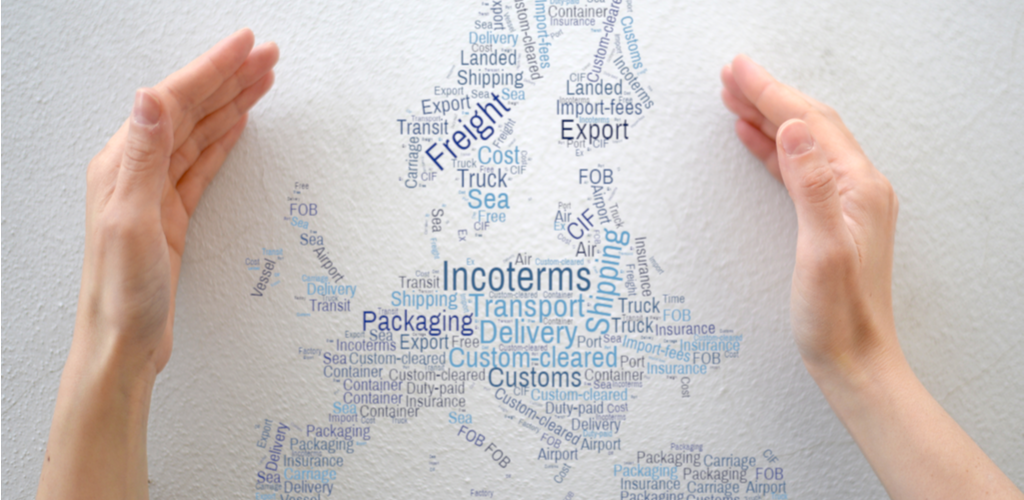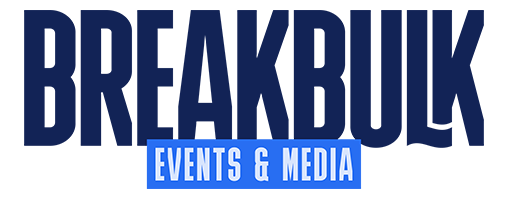Ignorance is Not Bliss When Dealing with Legal Matters!

John Vogt, former Halliburton vice president of global logistics, presents the latest in a series of informative articles on Incoterms. New instalments are published each month in BreakbulkONE.
The previous article described in detail the Commercial Invoice (CI), as well as how duties for imports are calculated. The CI has two purposes: firstly, to give the Customs Authority the details to determine the correct duties; secondly, to ascertain that the movement is legally permitted. To ensure your goods are legally exported, there are two specific considerations:
- The first is whether the country of export precludes the buyer from the purchase of the goods, which is covered by what is called the Denied Party list. This is the list of people and/or companies to which the export country is forbidden or restricted to send goods.
- The second is whether any of the goods are restricted in their use outside of the exporting country, and therefore they require approval from the exporting country and potentially the payment of a license fee.
The focus of this article is the approval to export goods based on obtaining an appropriate license.
There are numerous government agencies involved in this process and this makes for a complex set of rules and processes. If you leave this to a consultant – be it a customs broker or freight forwarder – you are still the responsible party who will be in the forefront of any investigation.
And with this multi-agency oversight, the consequences of errors can be higher: Remember, ignorance is NOT bliss when dealing with legal matters!
The license relates to each item in the export. To help determine the license type, the ECCN number is utilized by many countries. The license might come from different government authorities. In the USA these agencies are primarily the Department of Commerce’s Bureau of Industry and Security (which administers the Export Administration Regulations), the State Department’s Directorate of Defense Trade Controls, and the Department of Treasury’s Office of Foreign Assets Control.
This is not a simple process for someone without detailed knowledge, so beware.
The ECCN is becoming more and more common in many countries as it provides a structured manner to define what can be exported and what type of license is required. The ECCN number is a 5-character code which defines which license the product requires.
- First character is a digit which defines the categories of products defined by the Commercial Control regulations:
0= Nuclear materials, facilities and equipment
1= Materials, Chemicals, Microorganisms and Toxins
2= Materials Processing
3= Electronics
4= Computers
5= Part 1 – Telecommunications; Part 2 – Information Security
6= Sensors and Lasers
7= Navigation and Avionics
8= Marine
9= Aerospace and Propulsion
- Second character classifies products into groups:
A= End Items, Equipment, Accessories, Attachments, Parts, Components, and Systems
B= Test, Inspection and Production Equipment
C= Materials
D= Software
E= Technology
The third to fifth characters are digits defining the type of control that is applicable to the goods as defined in the Commerce Country Chart published by the Bureau of Industry in the export regulations. See this website for detailed information:
https://www.bis.doc.gov/index.php/documents/regulations-docs/federal-register-notices/federal-register-2014/1033-738-supp-1/file).
For each country, under the headings below it shows whether a license is required or not. Categories for control are:
- Chemical & Biological weapons
- Nuclear Nonproliferation
- National Security
- Missile technology
- Regional stability
- Firearms
- Crime control (equipment)
- Anti-terrorism
As an example, a 4D001 ECCN number is for an electronic device with software.
It becomes evident that this requires knowledge of the products and understanding of the Export Regulations to ensure each product is given the correct ECCN, and that the correct license or licenses have been obtained and paid for. It is a time-consuming, costly process to do by hand, and so many companies provide software which can help with this determination and licensing.
The software provider then has the onus to continuously update the information and correct licensing for the goods when changes to the regulations occur. While not necessary, if the company is doing regular exports, it is of value to have this software as it removes the problems of not only allocating the correct ECCN and license, but also of remaining fully up to date on changes in any regulation.
The next article in this series will review the Denied Parties and then the “Red Flags” that indicates problems with an export, followed by the Country-of-Origin issues that must be addressed on a CI.
About the author:
 John Vogt has his own consulting company and, at the end of his 42 years in industry around the world, was the Vice President of Global Logistics for Halliburton. Thereafter he spent five years as a Professor of Record for the University of Houston-Downtown MBA for International and Supply Chain courses. He has experience as a Board Director and has traveled the world to improve trade.
John Vogt has his own consulting company and, at the end of his 42 years in industry around the world, was the Vice President of Global Logistics for Halliburton. Thereafter he spent five years as a Professor of Record for the University of Houston-Downtown MBA for International and Supply Chain courses. He has experience as a Board Director and has traveled the world to improve trade.
In his career, he has driven the correct use of Incoterms as part of the trade improvements he has implemented to drive efficiency and effectiveness. In his role as a professor of record, he taught multiple courses on the use of Incoterms and trade-related agreements. He has published with colleague Dr. Jonathan Davis (Associate Professor, Supply Chain Management Chair GMSC Department, Marilyn Davies College of Business, University of Houston-Downtown), three formal research papers on Incoterms with two more in consideration, making him the most published Incoterms researcher. He has also published numerous articles, presented papers at multiple international conferences around the world on logistics, trade and compliance including Incoterms. He has served as track chair for multiple conferences as well.
Vogt has a Ph.D. (Logistics), an MBA, and a B.Sc. (Engineering), holds the title of European Engineer (Eur. Ing), is a Chartered Engineer (UK) and has been elected as a Fellow of the Institute of Engineering and Technology (UK). You can reach him at [email protected].
